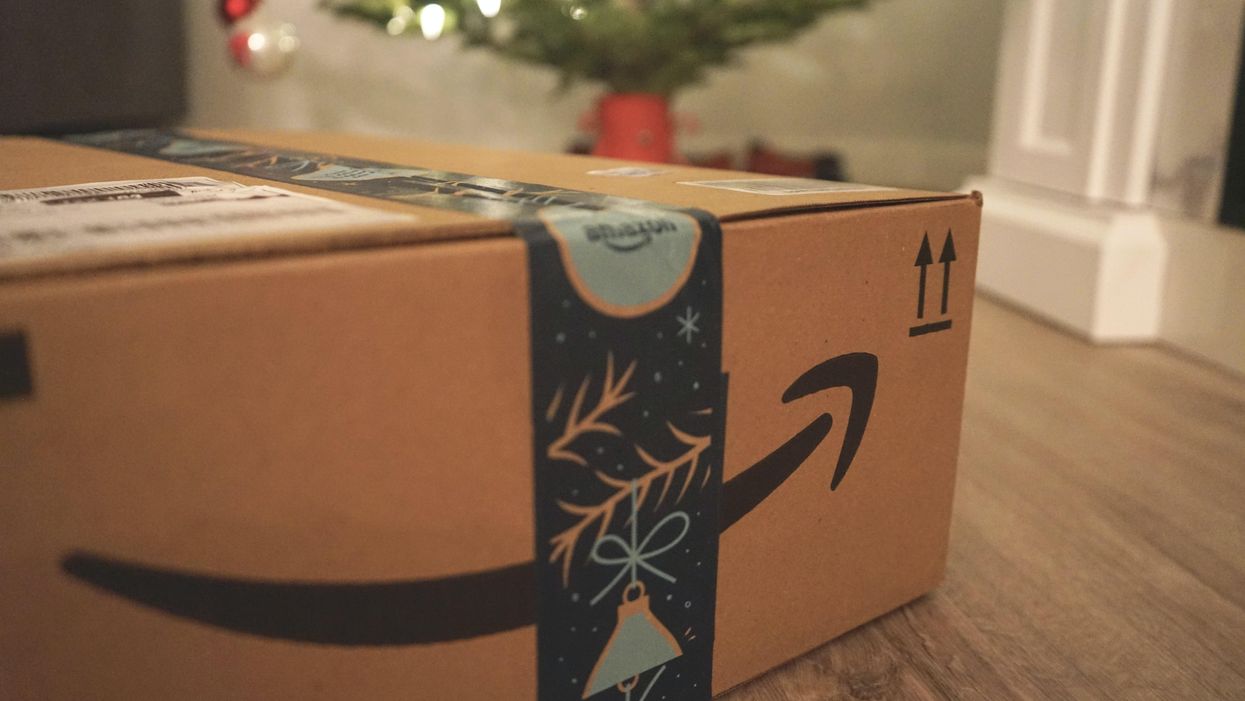Deals are at the center of Amazon Prime Day, as consumers are in search of a bargain and brands discount products to stand out.
At a time of 40-year-high inflation, that dynamic was supercharged in 2022 to deliver the steepest discounts seen on Prime Day since it began in 2015, data from AI-based demand forecasting company Impact Analytics shows. This suggests deep discounts will continue to be a theme for the holiday season.
With inflation driving prices up on essentials like food and fuel, the economic thinking goes that consumers are less willing to spend discretionary funds. Yet this can also increase deal-seeking behavior, as shoppers seek to save on what they do spend, and seek to stock up for the future.
Amazon and third-party sellers on its marketplace recognized this in 2022, offering deals that were even high by Prime Day standards to attract shoppers during the July 12-13 Prime Day event. Impact Analytics found the following:
- When compared to Prime Day 2019-2021, Prime Day discounts in 2022 were double as deep in 2022.
- The top two categories for deeper discounts were home improvement and casual apparel.
- Steep discounts were also observed in categories such as Amazon brands, smart wearables, small appliances, consumer electronics and home improvement goods,
The discounts are likely the result of cascading factors driving retail's latest massive swings. For one, inflation is making price the key consideration for shoppers. Plus, retailers are overstocked with inventory in categories that were popular during the lockdown phase of the pandemic due to supply chain delays that left products showing up after in-person activities resumed. Home improvement and casual apparel, which were the top two most heavily-discounted categories, are examples of categories that were popular during the pandemic but are now less sought-after, leaving retailers to mark down the excess.
“While both inventory and inflation are driving shopping behaviors in dramatic ways, the general level of discounting is being driven by inflation, which has raised the nominal starting price point of many products, while the category-specific differences in discounting we observed in our analysis is largely driven by inventory that sellers are looking to clear as they head into the fall and holiday seasons,” said Impact Analytics CEO Prashant Agrawal.
Lessons for the holidays
Amazon said Prime Day 2022 was its biggest ever. Americans spent a total of $11.9 billion online over the two days, leading to 8.5% year-over-year growth, according to the Adobe Digital Economy Index. Average order value on Amazon, meanwhile, increased 16%.
The data from Impact Analytics suggests that steeper discounts had a lot to do with that.
“Americans are cautiously watching their spending this year, and so are less likely to make a purchase unless they’re given a compelling reason to do so,” Impact Analytics wrote. “Anticipating this reality, Amazon offered Prime Day discounts nearly twice as deep as during the previous three years and was able to parlay those discounts into a successful Prime Day 2022 against tall odds.”
With Prime Day's end falling just as holiday preparation is beginning for many brands and retailers, it's an important consideration. In recent years, Impact Analytics has found a correlation in promotional intensity between Prime Day and the end-of-year shopping season that typically begins around Black Friday.
There can be signs of what to discount. The past has shown this is the case. Deals in the small appliance category during Prime Day 2019 were approximately 7-10% lower than their historical average, and 5-10% higher in 2020. On Black Friday in those years, deals were approximately 5-7% lower than the historical average in 2019, and 5-7% higher in 2020 than their historical averages, the company notes.

Discount depth by category during Amazon Prime Day, 2019-2022. (via Impact Analytics)
This year, Agrawal expects that home goods and casual apparel will continue to be the most price-pressured and discounted categories. That would line up with the Prime Day results, and remain in line with retailers’ continuing push to move inventory.
“After nearly two years full of supply chain woes and watching inventory levels bottom out, warehouses are overflowing this year,” the report states. “A classic bullwhip has led to widespread inventory glut across most major retailers in the US. This means that the holiday season will likely be sweeter this year, and possibly earlier too. Due to inaccurate assortment decisions, and flawed demand forecasting, retailers will have to resort to steep markdowns this holiday season.”
In 2022, it’s also especially important to consider the importance of macro factors, and how they influence consumer behavior. The Consumer Price Index inflation rate was 9.1% in June, and may still be climbing toward its peak. Price-conscious shopping will follow. In an environment where current conditions hold, the data suggests that the significant discounts on view during Prime Day are likely to motivate them to spend during the holidays, as well.
Ecommerce professionals “will want to make sure their forecasts pick up recency instead of relying on year-over-year as most forecasts do,” Agrawal said. “And they also will want to incorporate a whole host of exogenous factors like energy prices, employment, government expenditures, and consumer confidence, which is why we incorporate dozens of external factors into our models. To augment the public data published on factors like inflation, we regularly pull down prices from across retail and create our own inflation indexes, which run 3-4 weeks ahead of government data and help our clients stay ahead of the impact inflation will have on-demand down to the category level."
More Prime Day takeaways
While we’ve covered some of the overarching results from Prime Day, final reports on the event from Adobe and Numerator revealed a few more interesting insights that may be telling for the holidays:
- CPG was popular. Household essentials was the top category during Prime Day 2022, consistent with shopper behavior shifting toward needs vs. wants, and turning to Amazon to stock up on them, at a time of inflation. Numerator reported that the category was the biggest gainer this year, and that 30% of Prime Day shoppers made such a purchase.
- Back-to-school shopping was a big part of Prime Day shopping. An uptick in categories such as audio equipment, appliances, and boys and girls apparel showed this was the case, Adobe reported.
- Buy Now, Pay Later proved to be a popular option for consumers. BNPL was up 13% during Prime Day 2022 versus Prime Day 2021, Adobe reported. In addition, the average order value for BNPL purchases was up 12% during Prime Day 2022 versus Prime Day 2021. Amazon made Affirm its only BNPL provider after last year’s Prime Day in August 2021, and ran a promotion with the firm ahead of this year’s event.













